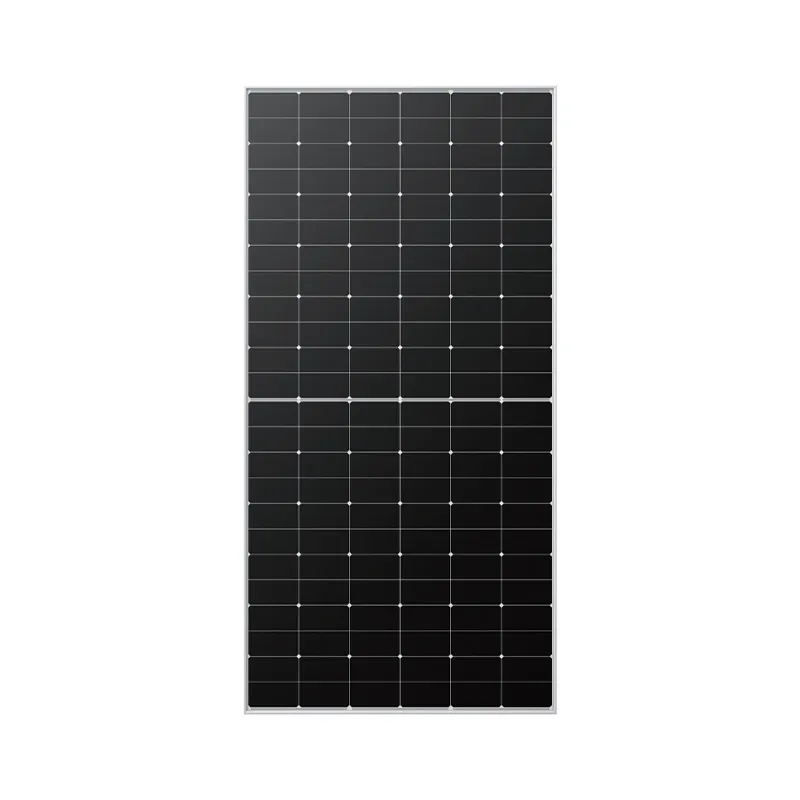Understanding Solar Panel Dimensions and Pricing for Effective Energy Solutions
Understanding Solar Panel Size and Cost
The shift towards renewable energy sources has made solar panels an increasingly popular choice for homeowners and businesses alike
. However, prospective buyers often grapple with the challenges of understanding solar panel size and cost, which play pivotal roles in determining the overall efficiency and financial viability of solar installations.The size of a solar panel is primarily measured in terms of output capacity, typically expressed in watts. Standard residential solar panels range from 250 to 400 watts per panel. The total number of panels you’ll need depends on your energy consumption and the size of your roof. For instance, a home that consumes around 800 kWh per month would generally require a solar energy system sized between 5 kW and 7 kW, translating roughly to 15 to 25 solar panels, depending on their wattage.
When we talk about solar panel size in the context of physical dimensions, most panels measure approximately 65 inches by 39 inches. Their size can influence installation, as larger panels may require more robust support and careful alignment to maximize sunlight exposure.
solar panel size and cost

Costs associated with solar panels also vary significantly based on factors such as type, brand, and installation complexity. On average, homeowners can expect to pay between $2.50 and $3.50 per watt for solar panel installations. This means a 5 kW system could cost anywhere from $12,500 to $17,500 before any applicable tax credits or incentives. While the initial costs may seem high, the long-term savings on electricity bills often outweigh these expenditures. Additionally, many regions offer incentives like tax credits, rebates, or grants, which can help offset installation costs.
Another critical aspect to consider is the longevity and maintenance of solar panels. Most panels come with a warranty of 25 years, with many manufacturers offering performance guarantees. This longevity means homeowners can enjoy clean energy for decades, making the upfront investment worthwhile.
Furthermore, the choice between monocrystalline and polycrystalline panels can affect both size and cost. Monocrystalline panels are generally more efficient and compact, but they are also pricier. In contrast, polycrystalline panels are larger and less efficient but come at a lower cost.
In conclusion, when considering solar panels, understanding size and cost is essential. By evaluating your energy needs, roof space, and budget, you can make informed decisions that yield long-term economic and environmental benefits. Transitioning to solar energy not only represents a commitment to sustainability but also substantial savings over time.
-
Unlocking Energy Freedom with the Off Grid Solar InverterNewsJun.06,2025
-
Unlock More Solar Power with a High-Efficiency Bifacial Solar PanelNewsJun.06,2025
-
Power Your Future with High-Efficiency Monocrystalline Solar PanelsNewsJun.06,2025
-
Next-Gen Solar Power Starts with Micro Solar InvertersNewsJun.06,2025
-
Harnessing Peak Efficiency with the On Grid Solar InverterNewsJun.06,2025
-
Discover Unmatched Efficiency with the Latest String Solar InverterNewsJun.06,2025







